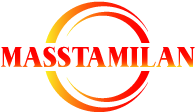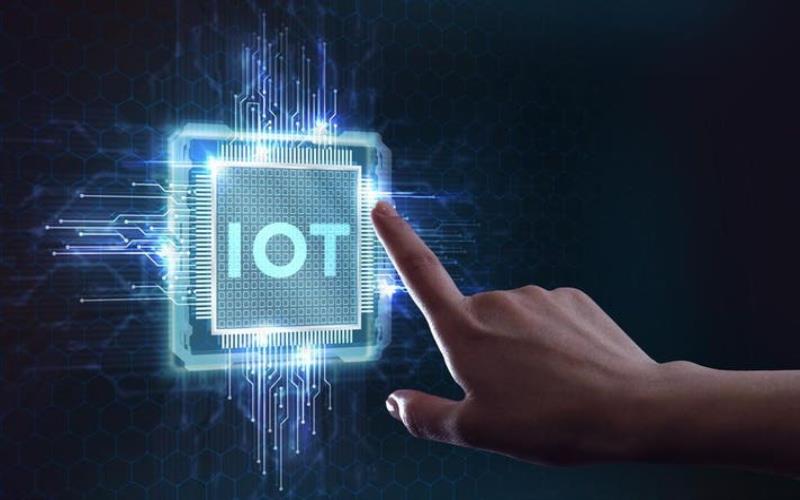The Internet of Things (IoT) connects physical devices, vehicles, home appliances, and other items through embedded sensors, software, and connectivity. This integration of the digital and physical worlds can revolutionize everyday life by enhancing the intelligence, measurability, and interactivity of environments. Various sectors including healthcare, agriculture, manufacturing, and smart homes extensively apply IoT technologies, underlining its importance in the current technology-driven era.
Iot components
The Internet of Things (IoT) system consists of several essential components that work together to ensure its functionality:
- Devices. These physical objects embedded with computing capabilities perform specific tasks, such as smart thermostats, wearable health monitors, and automated industrial machines. Devices act as the endpoints in an IoT network, directly interacting with the environment.
- Sensors. Sensors play a crucial role in collecting data from the environment. They detect a wide range of parameters like temperature, light, motion, and humidity, converting physical inputs into data that IoT devices can process and use. For example, a soil moisture sensor in a smart farming setup collects critical data to determine irrigation needs.
- Actuators. Actuators convert electronic signals into physical action, enabling IoT devices to influence their environments. In a smart home, for instance, actuators in the heating system adjust the temperature based on data from temperature sensors, effectively automating the control system.
- Network interfaces.These components enable connectivity between IoT devices and the network, facilitating data transfer. Network interfaces range from traditional Wi-Fi and Ethernet to specialized protocols like Zigbee, LoRaWAN, and NB-IoT, critical for transmitting collected data to other devices and systems or to the cloud for analysis and storage. The evolution of these network interfaces is closely tied to the history of networking equipment, which has seen significant advancements from simple manual switchboards to sophisticated automated systems that support vast networks of interconnected devices. For a deeper understanding of this progression, you can explore the detailed networking equipment history in the article.
Each component in an implementation of internet of things system – devices, sensors, actuators, and network interfaces – has a specific role, ensuring that data not only gets collected and processed but also triggers appropriate actions in a seamless and efficient manner. This coordination enables IoT solutions to automate complex tasks and deliver real-time insights across various sectors.
Steps for implementing an internet of things
Implementing an Internet of Things (IoT) project requires several critical steps and considerations to ensure efficient operation, security, and benefit delivery. Here is a guide to the fundamentals of implementation, from planning and platform selection to system integration and emphasizing data security and privacy.
-
Research and conceptualization
Start any IoT project with thorough research and conceptualization. Define the project’s goals, impact, and scope. Engage stakeholders to gather their needs and expectations, and study similar implementations for insights and best practices.
-
Choosing the right ioT platform
Selecting a suitable IoT platform is crucial. The platform must support your hardware and software needs and scale with your project. Important features include:
- Device management capabilities
- Data collection and processing
- Integration options with other systems
- Security features
- User-friendly interface for monitoring and management
-
Hardware and sensors selection
Choose the necessary hardware and sensors based on the project’s requirements. Consider factors such as operational environment, data type, power requirements, and cost. Opt for reliable hardware that withstands the project’s operational demands.
-
Software development and configuration
Develop the software to manage data from your devices. This includes the devices’ firmware and the backend software for data processing and analysis. Ensure your software integrates well with existing systems and updates easily.
-
System integration
Integrate the implementation of internet of things system with existing business systems and workflows. This may require custom integration work to ensure seamless and real-time data flow. Proper integration enhances decision-making processes and operational efficiency.
-
Testing and deployment
Conduct extensive testing before full deployment to ensure all components function as expected and the system operates under various conditions. Address any issues and meet all performance benchmarks.
-
Maintenance and updates
Continuously monitor and maintain the IoT system post-deployment to ensure smooth operation. Apply regular updates and patches to both software and hardware to protect against vulnerabilities.
Conclusion
A successful Internet of Things (IoT) project requires careful coordination of components – devices, sensors, actuators, and network interfaces. Each component plays a crucial role in data collection, processing, and response, transforming interactions in various industries and daily life. Thorough planning and execution of each phase, from initial research and platform selection through testing and maintenance, allow organizations to use IoT to enhance efficiency, improve decision-making, and drive innovation. As technologies evolve, understanding the historical advancements in networking equipment and the dynamics of IoT components remains crucial for staying competitive in a technologically advanced, connected world.

